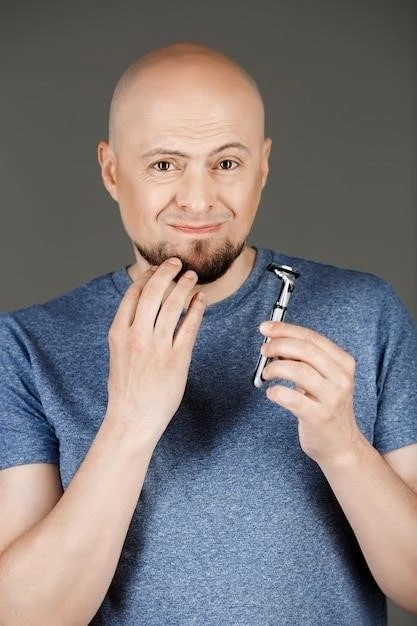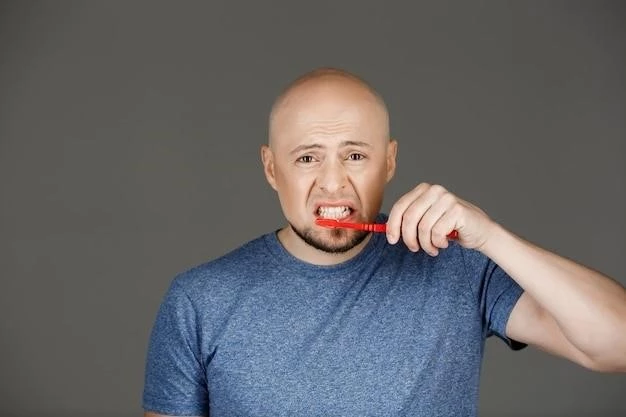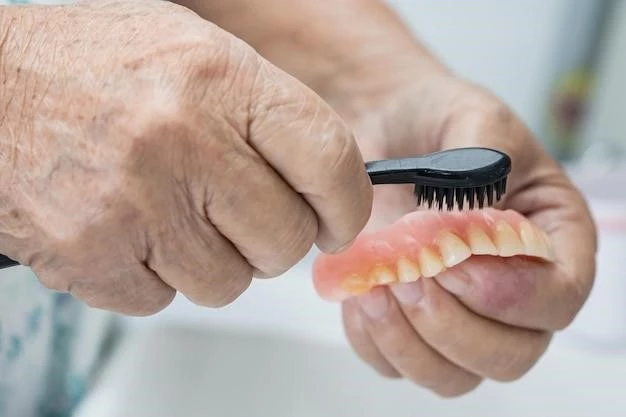Overview of Odonto Onycho Dysplasia with Alopecia
Odonto-onycho dysplasia-alopecia syndrome is a rare genetic ectodermal dysplasia characterized by almost total alopecia, brittle hair, and nail abnormalities.
Neurofibromatosis type 1 (NF1) is a genetic disorder that causes tumors to grow on nerves. It can lead to various complications affecting the skin٫ nervous system٫ bones٫ and other organs.
Definition and Characteristics
Odonto onycho dysplasia with alopecia is a rare genetic syndrome characterized by severe tooth, nail, and hair abnormalities, leading to nearly complete hair loss.
Biallelic Mutations in the WNT10A Gene
Individuals with Odonto onycho dysplasia with alopecia exhibit biallelic mutations in the WNT10A gene, leading to a range of ectodermal anomalies encompassing hair, nails, and teeth.
Reported Cases and Worldwide Prevalence
Odonto onycho dysplasia with alopecia is an extremely rare syndrome, with only a few reported cases globally. The prevalence of this genetic disorder is minimal, highlighting its rarity in the medical community.

Clinical Manifestations of Odonto Onycho Dysplasia
Odonto onycho dysplasia with alopecia presents a unique set of clinical features including severe oligodontia, palmoplantar keratoderma, and hair, nail, and tooth abnormalities.
Oligodontia and Palmoplantar Keratoderma
Oligodontia and palmoplantar keratoderma are characteristic clinical features of Odonto onycho dysplasia with alopecia, with individuals exhibiting severe tooth abnormalities and thickened skin on the palms and soles.
Hair, Nail, and Tooth Abnormalities
Odonto onycho dysplasia with alopecia is characterized by severe hair loss, nail fragility, and dental anomalies, creating a unique set of challenges for affected individuals.
Diagnosis and Disease Definition
The diagnosis of Odonto onycho dysplasia with alopecia is based on clinical features such as severe tooth, nail, and hair abnormalities, often confirmed through genetic testing for mutations in the relevant genes.
Criteria for Identifying the Syndrome
The criteria for diagnosing Odonto onycho dysplasia with alopecia include recognizing the unique combination of severe tooth, hair, and nail abnormalities, along with specific genetic mutations identified through testing.
Distinctive Features in Patients
Patients with Odonto onycho dysplasia with alopecia exhibit unique clinical characteristics including severe tooth, hair, and nail abnormalities, setting them apart from individuals with other genetic syndromes.
Treatment Approaches and Therapies
Treatment for Odonto onycho dysplasia with alopecia may involve interventions such as topical keratolytic agents for addressing hyperkeratosis and specific management techniques for fragile hair and nails.
Topical Keratolytic Agents for Hyperkeratosis
From the information available, Odonto onycho dysplasia-alopecia syndrome is a rare genetic ectodermal dysplasia characterized by severe hair loss, nail abnormalities, and dental anomalies. The syndrome is caused by biallelic mutations in the WNT10A gene and exhibits distinctively sparse, thin, brittle hair, fair eyebrows and eyelashes, and hypodontia. It has a minimal worldwide prevalence, with reported cases showing a range of ectodermal anomalies. Treatment may involve topical keratolytic agents for hyperkeratosis and specific management for hair and nail fragility.
Management of Hair and Nail Fragility
Evidence suggests that managing hair and nail fragility in Odonto onycho dysplasia-alopecia syndrome may require specific strategies tailored to individual needs. This can include addressing brittle hair with specialized hair care products and fragile nails with protective measures. Careful monitoring and personalized interventions are essential components of the management approach for improving the quality of life for individuals affected by this rare genetic syndrome.
Research and Studies on Odonto Onycho Dysplasia with Alopecia
Based on the information available, ongoing research and studies focus on identifying the genetic basis, clinical manifestations, and potential treatment strategies for individuals with Odonto onycho dysplasia with alopecia.
Current Understanding of the Syndrome
Current research efforts focus on enhancing the understanding of Odonto onycho dysplasia with alopecia, emphasizing the genetic basis, clinical manifestations, and potential therapeutic avenues to improve patient outcomes and quality of life.
Advances in Genetic Research
Recent advancements in genetic research have shed light on the molecular basis of Odonto onycho dysplasia with alopecia, highlighting the role of biallelic mutations in the WNT10A gene and contributing to a deeper understanding of the underlying genetic mechanisms associated with this rare syndrome.
Support Organizations and Resources
Support organizations like the National Foundation for Ectodermal Dysplasias offer valuable resources and assistance for individuals and families affected by Odonto onycho dysplasia with alopecia. Rare Disease Day initiatives also provide support and financial aid to those dealing with rare genetic syndromes.
National Foundation for Ectodermal Dysplasias
The National Foundation for Ectodermal Dysplasias provides crucial support and resources for individuals and families impacted by Odonto onycho dysplasia with alopecia, offering valuable assistance and guidance in managing this rare genetic syndrome.
Rare Disease Day Initiatives and Financial Aid
The retrieved information highlights the presence of Odonto-onycho dysplasia-alopecia syndrome as a rare genetic ectodermal dysplasia with distinct characteristics such as severe tooth, hair, and nail abnormalities. The genetic basis of the syndrome involves biallelic mutations in the WNT10A gene, leading to a range of ectodermal anomalies. Specific management strategies include topical keratolytic agents for hyperkeratosis and tailored approaches for managing hair and nail fragility. Collaborative efforts aim to enhance understanding, diagnosis, and treatment of this rare genetic disorder, emphasizing the role of support organizations like the National Foundation for Ectodermal Dysplasias and Rare Disease Day initiatives in providing resources and financial aid to affected individuals and families.

Impact on Patients and Caregivers
Diagnosis of odonto-onycho dysplasia-alopecia can significantly impact patients and caregivers, leading to emotional challenges, financial burdens, and the need for comprehensive support systems.
Challenges Faced by Individuals with Rare Diseases
Individuals with rare diseases like Odonto onycho dysplasia with alopecia encounter various challenges including limited treatment options, social stigma, emotional distress, and difficulties accessing specialized care and support services, underscoring the importance of comprehensive support systems and advocacy efforts.
Importance of Emotional and Social Support
Based on the latest information available online, Odonto-onycho dysplasia-alopecia syndrome is a rare genetic ectodermal dysplasia characterized by severe hair and nail abnormalities, caused by mutations in the WNT10A gene. This syndrome has a minimal prevalence globally, with reported cases presenting a wide range of ectodermal anomalies. Treatment may involve the use of topical keratolytic agents for hyperkeratosis and specific management strategies for hair and nail fragility. Additionally, ongoing research aims to enhance understanding, diagnosis, and treatment options for individuals with this rare genetic disorder. Support organizations like the National Foundation for Ectodermal Dysplasias and initiatives like Rare Disease Day provide valuable resources and assistance to those affected.
Epidemiological Insights and Global Perspectives
Epidemiological studies provide insights into the prevalence and distribution of Odonto onycho dysplasia with alopecia worldwide, highlighting the need for global collaboration in research and awareness initiatives.
Prevalence Rates and Geographical Distribution
Epidemiological data provides valuable insights into the prevalence rates and geographic distribution of Odonto onycho dysplasia with alopecia, highlighting the rarity and global representation of this genetic syndrome. Collaborative efforts across regions are essential for a comprehensive understanding and management of the condition.
Collaborative Efforts in Research and Awareness
The information gathered from online sources highlights Odonto-onycho dysplasia-alopecia syndrome as a rare genetic ectodermal dysplasia characterized by various abnormalities, such as severe tooth, hair, and nail abnormalities. The syndrome is mainly caused by biallelic mutations in the WNT10A gene, resulting in distinct phenotypes. Treatment approaches often involve tailored strategies for managing fragile hair and nails, including topical keratolytic agents. Ongoing research and collaborative efforts aim to enhance understanding, diagnosis, and management of this rare genetic disorder. Support organizations and awareness initiatives play a crucial role in providing resources and assistance to individuals and families affected by this syndrome.
